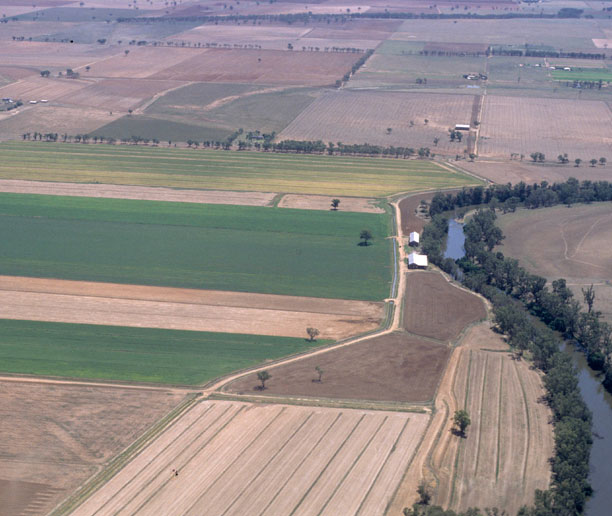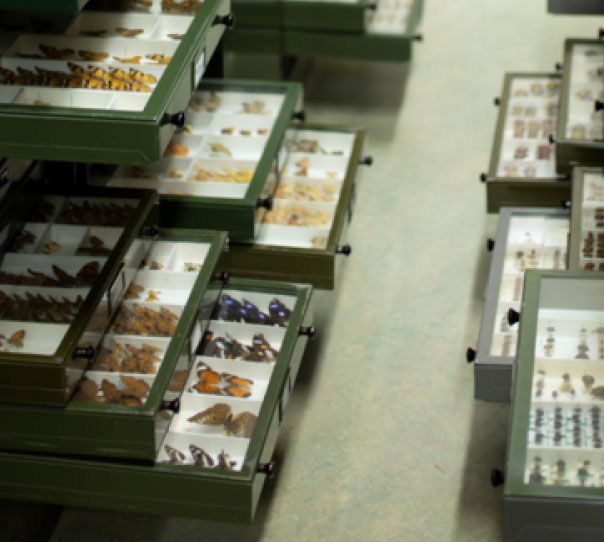
Cropping Overview
overview
Cropping

The estimated combined Output of NSW broadacre cropping industries was $2,498 million, down 48% year-on-year. Despite production issues including low water allocations and high water prices, cotton remained the main contributor to total cropping Output by value. Wheat Output fell by an estimated 46% but was the state's second largest crop by value.
Boost for biosecurity collections
NSW DPI’s entomology and plant pathology collection holds over half a million preserved scientific specimens. More than $1 million in funding has been allocated to upgrade and modernise the collection. The official pest and disease record for NSW, these collections are irreplaceable and are incredibly important to industries and the environment. They will be digitally photographed, recorded and stored for easier access and sharing, which is critical to quick and effective responses to biosecurity incursions.
Media Release
Total area planted to winter crops decreased by an estimated 46% to 3 million hectares and winter crop production fell an estimated 63% to 2.9 million tonnes6. This was 74% below the 10-year average.
Autumn 2018 was the state’s warmest autumn on record and second consecutive drier than average start to the winter cropping season in most northern NSW cropping regions6. Conditions were characterised by widespread soil moisture deficit and below average rainfall. Available crop information showed that the production base of the state was under considerable stress. Some areas of the south east and south central of the state received rainfall in early winter, which provided late sowing opportunities, but overall, the extreme dry conditions severely limited sowing opportunities for winter crops across much of the state67.
In-field conditions during early-to mid-winter were very poor, with very low crop production. Areas that received late sowing opportunities in the south of the state received little follow-up rainfall, and, with crops risking failure or substantially reduced yields, many producers chose to graze or bale sown crops.
Total area planted to summer crops decreased by an estimated 33% to 385,000 hectares and summer crop production fell an estimated 56% to 1.3 million tonnes6. This was 52% below the 10-year average.
The summer cropping season commenced under a wide range of on-ground conditions. Drought conditions intensified, particularly to the west of the state. While some isolated storms were recorded, they were ineffective for significant crop production and provided only minimal opportunities for dryland summer cropping. Water storages remained at extremely low levels, and low general security water allocations saw irrigators competing for the reduced water volumes. Extreme heat was experienced across NSW in January 2019, with 90% of the state experiencing its warmest January in history. This heatwave exacerbated the effects of ongoing drought and impacted the minimal area of summer crop that had been planted67.
Domestic feed markets and supply constraints were the key driver of values in 2018–19. For those fortunate enough to supply the market, stock feed returns provided notable support to many grain and mixed farming enterprises. Sorghum Output in particular benefitted from higher prices and only marginally lower production year-on-year. A significant increase in hay and silage prices supported other crop Output.
Cropping estimated Output 2018-19
- Industry Output
- Year-on-year change

